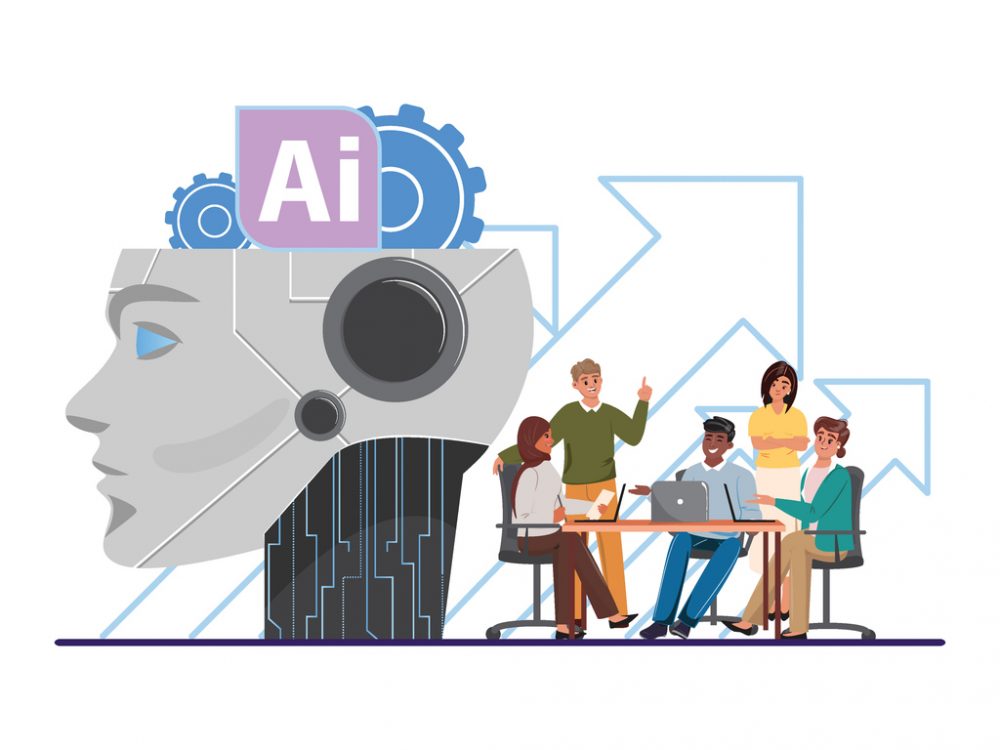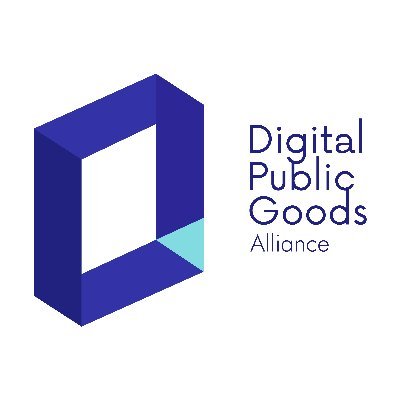Lessons from Nepal: Getting government data to everyone else
This is the third (and final) post in a three-part series relaying the findings from a study of government data use in Nepal. Read the first post and second post.
One of our most interesting study findings was that most government officials perceive the greatest demand for data outside the government. In other words, most of the government staff which collect, produce and use data see external users – such as academics, NGOs, and the private sector – as their primary data clients. Why? Because these users frequently ask government officials to give them data. Obvious unmet data needs exist outside the government. In posts one and two in this series, we explore what it takes to make data more useful for government officials. To wrap up, we discuss how the development community can help the government make its data more useful for everyone else.
How does the government share data?
First, we note that government officials did not mention difficulties accessing or finding relevant data from other government agencies. Most reported sharing data via informal mechanisms. For example, if someone in the Ministry of Education needs health data, he or she calls a contact in the Ministry of Health. But by all accounts, this doesn’t happen very often anyway – most government staff only collect, aggregate and report data in their own sectors.
While government officials don’t seem to struggle with these informal mechanisms, external users do. Some data is available publicly via the CBS website or sector websites, but many users report frustration with the format, timeliness and coverage of this data. As a result, people who can go directly to government contacts when they need data. But this approach obviously leaves a lot of unmet demand. So if the greatest perceived government data demand is outside of the government, then what can be done to make government data more accessible to external actors?
What does “accessible data” actually mean?
Data accessibility refers to two things: how easy a user can access the data (e.g. find it, download it), and how easy the user can manipulate the data (understand, join up and analyze it). The idea of accessibility is simple in principle, but our study indicates that it’s rather complicated in practice. In particular, government data accessibility is limited due to available staff time – not having sufficient time/ability to post data in various different formats – as well as by physical resources (e.g., limited server space). While serious, these barriers could be addressed rather directly via government or donor prioritization of resources for such important initiatives. With some internal and external support, the government could make their data resources more widely and easily available to the general public, feeding growing demand for government information from academia, donors, civil society, the private sector and even other government agencies.
Apart from data infrastructure improvements (e.g. procuring more server space), accessible data also refers to the format in which data is posted and available. The following are but a few recommendations of how data formats can help to shape to a more reliable government data environment:
- Post data in .csv or other soft-copy formats – data that meets the criteria in standard definitions of “open data” – such that users can work with these data products and produce others
- Post more historical datasets, so as to allow for adequate comparisons over time
- Provide release schedules and regular updates to help further the quality of data comparisons
- Ensure that clean, high-quality datasets are made available to help promote further analytical products that are based off of sound datasets
Governments should use data to make resource allocation more effective. But governments also have a responsibility to make data available to the academics, companies, CSOs and donors that also need data to improve development decision-making. Direct support to help government make data more clear, open and accessible is an important step for enhancing the development data environment in Nepal.
Share This Post
Related from our library

Beyond Kigali: Where Does Africa Go from Here with AI?
As governments, funders, entrepreneurs, and technology leaders rally around the AI moment and move towards actions, at Development Gateway, we are asking a different set of questions: Where is the data, and what is the quality of the data behind the algorithms? How will legacy government systems feed AI tools with fresh and usable data? Are Government ministries resourced to govern and trust the AI tools that they are being encouraged to adopt?

Stakeholder, Where Art Thou?: Three Insights on Using Governance Structures to Foster Stakeholder Engagement
Through our Tobacco Control Data Initiative (TCDI) program and its sister program Data on Youth and Tobacco in Africa (DaYTA), we have learned that creating governance structures, such as advisory boards or steering committees, is one approach to ensuring that digital solutions appropriately meet stakeholders’ needs and foster future stakeholder engagement. In this blog, we explore three insights on how governance structures can advance buy-in with individual stakeholders while connecting them to one another.

DG’s Open Contracting Portal Designated as a Digital Public Good
Digital Public Goods Alliance designated DG’s Open Contracting Portal as a digital public good in September 2022. The Portal provides procurement analytics that can be used to improve procurement efficiency and, in turn, reduce corruption and increase impact.